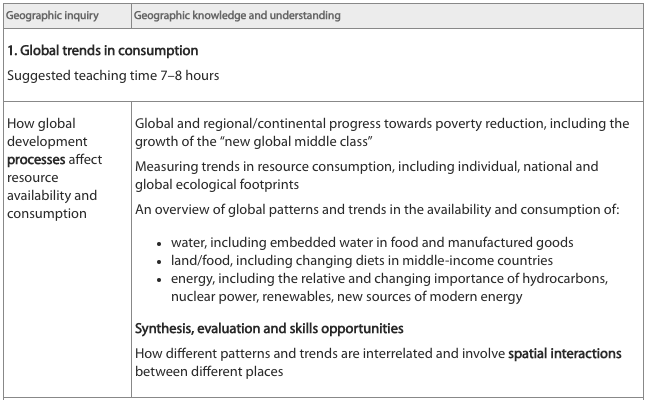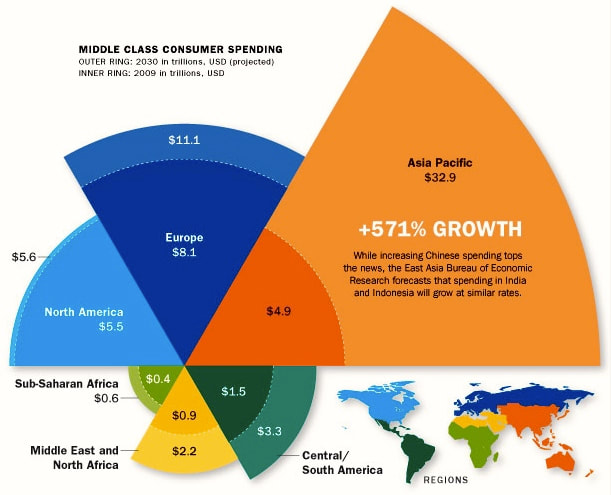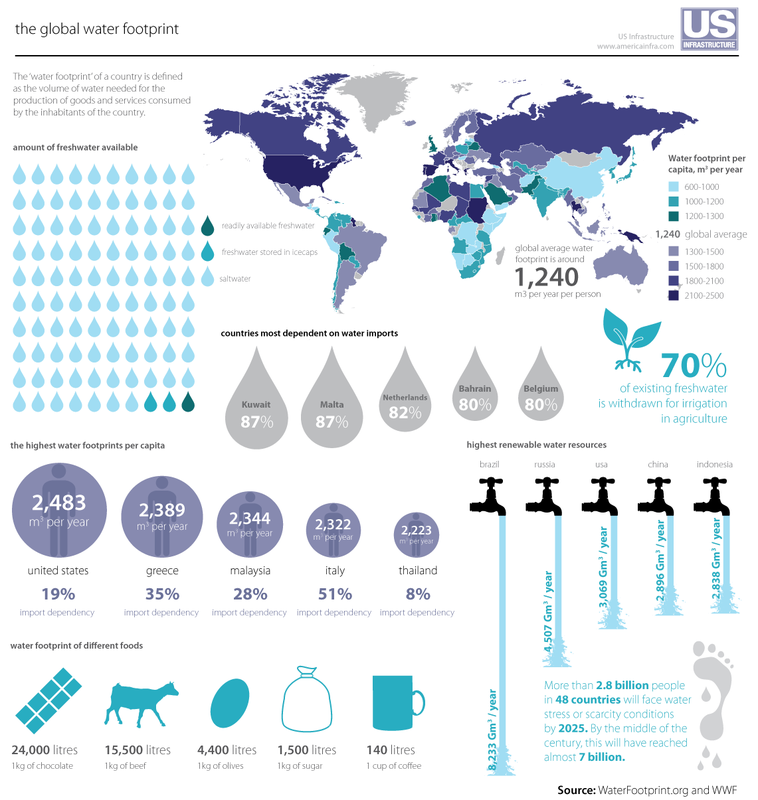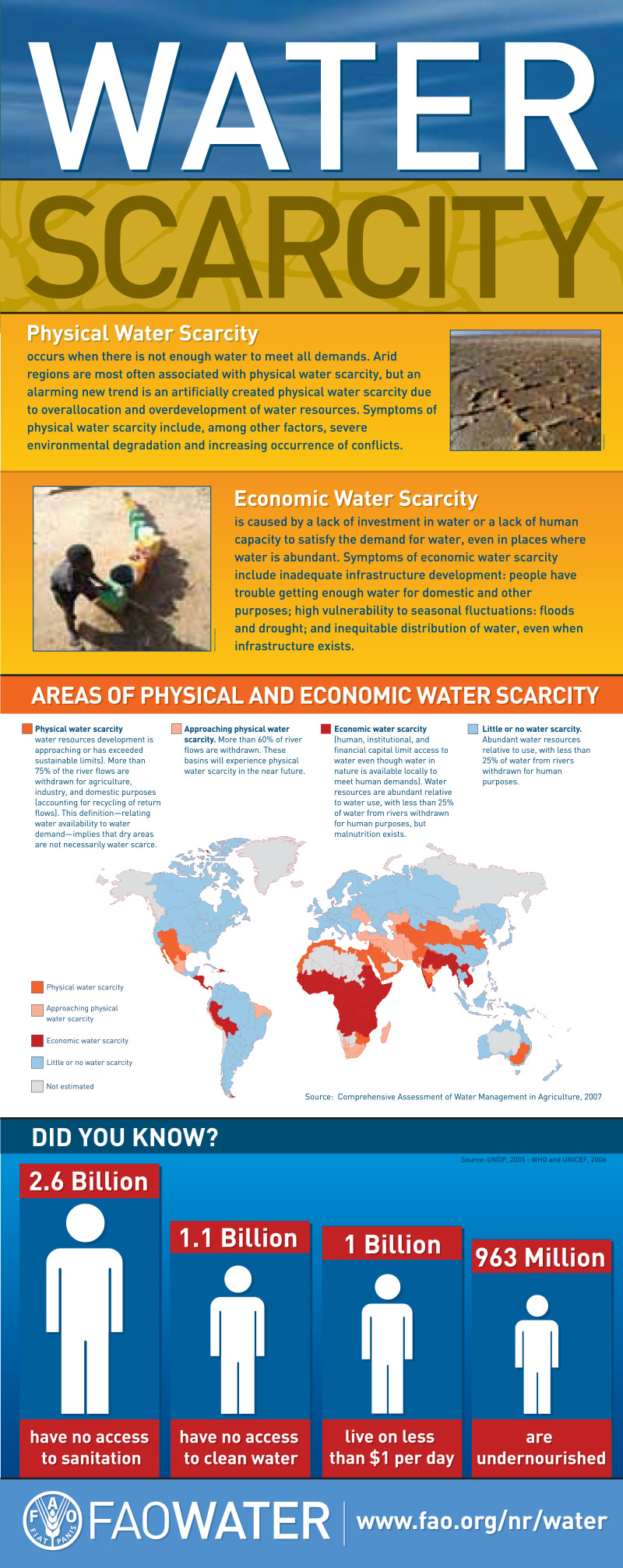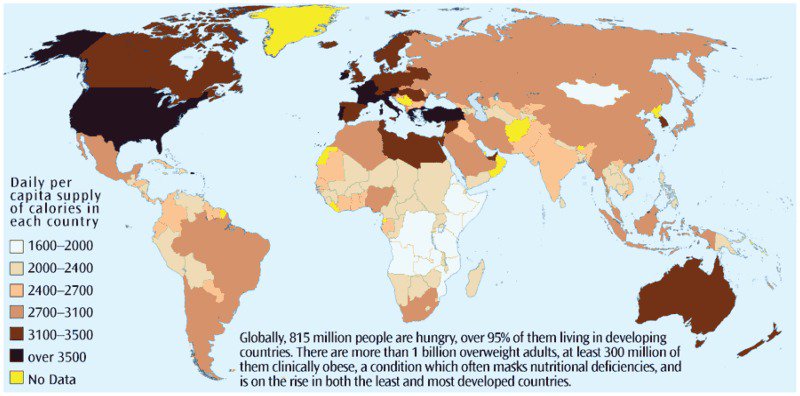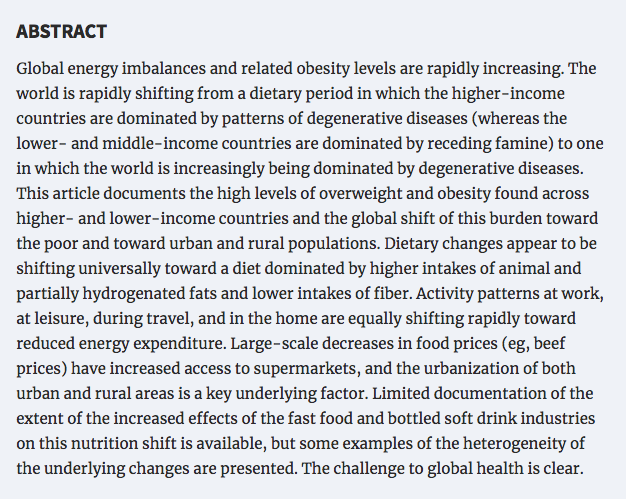1. Global trends in consumption
Syllabus Link: How global development processes affect resource availability and consumption
Progress towards poverty reduction
Global and regional/continental progress towards poverty reduction, including the growth of the “new global middle class
|
|
|
Activities: Global reduction in poverty activity sheet
Visual: History of world poverty
Report: UN MDGs - Progress on Poverty
Infographic: Taking on inequality
Visual: History of world poverty
Report: UN MDGs - Progress on Poverty
Infographic: Taking on inequality
|
|
|
|
Rise of the New Global Middle Class
|
|
|
Data Visualization: The swelling middle class
Reading: The expansion of the global middle class
Article: MICs closing gap on HICs
Measuring Trends in Resource Consumption
Measuring trends in resource consumption, including individual, national and global ecological footprints
Ecological Footprints

Activities: Ecological footprints and bio-capacity
Calculate your own ecological footprint:
- Footprint calculator: Footprint calculator
Reading: Ecological footprint - one page explainer
Global Footprint Network: Ecological footprint explorer
Rankings: Ecological footprints per capita
Website: Global footprint network
Calculate your own ecological footprint:
- Footprint calculator: Footprint calculator
Reading: Ecological footprint - one page explainer
Global Footprint Network: Ecological footprint explorer
Rankings: Ecological footprints per capita
Website: Global footprint network
|
|
|
Global Patterns & Trends in Resource Consumption
Reading: 15 000 scientists issue dire warning for humanity
Reading: The state of consumption today
Statistics: Fast facts on resource consumption
|
|
|
|
Water Consumption
Water, including embedded water in food and manufactured goods
|
|
|
Activities: Note taking on water consumption
Website: Water footprint comparison
Website: Water footprint
|
|
|
Land & Food
Land/food, including changing diets in middle-income countries
|
|
|
Activity: Patterns & trends in the consumption of food
Article: The challenge of changing diets
Article: Growing middle class is straining our food resources
Research: Global nutrition transition
|
|
|
|
Global nutrition dynamics: the world is shifting rapidly toward a diet linked with noncommunicable diseases: Bary Popkins, The American Journal of Clinical Nutrition,
Energy
Energy, including the relative and changing importance of hydrocarbons, nuclear power, renewables, new sources of modern energy
|
|
|
|
Activity: Patterns & trends in Energy
Article: Fossil fuel burning to reach a record high
Homework activity: Oiligarchy recording sheet
Simulation: Oiligarchy oil impacts
Changing Importance of Non-Hydrocarbon Energy Sources
Activity: Changing importance of other energy sources
Template: Group essay starter and planner
Visualization: What powers the world
Website: Impacts of energy types
Website: BP Energy Outlook 2018
Template: Group essay starter and planner
Visualization: What powers the world
Website: Impacts of energy types
Website: BP Energy Outlook 2018
|
|
|

